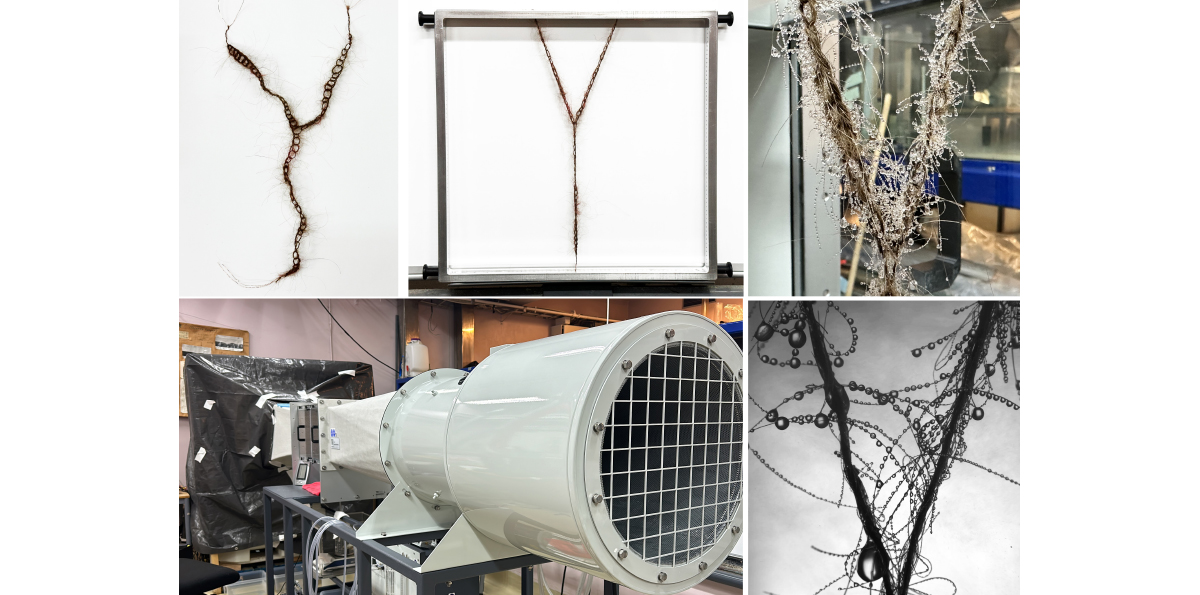REAL Kunst program, Mathematics and Natural Science Faculty of the University of Oslo
Collaboration with Professor Andreas Carlson's research group (Stephane Poulin, Anette Cazaubiel, Bidisha Bhatt, Vanessa Kern, Henri Fabre).
Exhibition 20.01.2024 - 18.02.2024
Vestfold Kunstsenter, Tønsberg, Norway
Exhibition 25.04.2025 - 12.06.2025, REAL KUNST/ Laila Kongevold, Izabela Żółcińska, Jeannette Christensen
The Natural Science Library, Vilhelms Bjerknes' house, Blindern Campus, The University of Oslo
Seminar 25.04.2025, Kunsten og vitenskapen, the Natural Science Library, Vilhelms Bjerknes' house, Blindern Campus, The University of Oslo
"The Weeping Project" explores the grief of the land caused by climate change and the innovative role of art and humankind in these conditions.
It is rooted in my cross-disciplinary practice, in which I investigate how our physiological body can be understood as a fluid structure and how the body is in a dynamic relationship with our Ecosystem.
The project background is access to fresh water, one of the most crucial issues we need to address. According to the World Resources Institute, a quarter of Earth’s population will face water crises by 2030. At the same time, according to statistics, every Norwegian uses an average of 171 litres of water per day, which equals 3,420,000 drops.
The highest in Scandinavia, prompting me to ask: Can we shift our measurement of water from litres to tears?
The project draws parallels between drops and tears - an example of our physiological fluid movement and expression of emotion. From the scientific point of view, tears are a human capillary phenomenon. This microfluid migration inspires my art and is a phenomenon behind innovative water-collecting technology: fog-harvesting nets. This parallel creates a frame for my art practice-based research that explores the kinship between hair, a part of the human body, humidity and access to fresh water.
Human hair is considered a waste material in most parts of the world, and its accumulation in waste streams causes many environmental problems. At the same time, human hair is a highly versatile material with significant potential in several areas, such as agriculture, medical applications, construction materials, and pollution control. But first of all, it is relevant to art as the material used by hair-crafts with a long tradition in Scandinavia. I want to contribute through my work with new knowledge about this biodegradable material for the artistic field through scientific investigation of its novelty for water harvesting nets. This perspective underlines that "The Weeping Project" is an overall research project with different outcomes, consisting of art practice-based research parallel to scientific research dedicated to water collecting technology's innovation and sustainability.
I'm addressing a question about sustainable material interacting with humidity to improve the biodegradable aspect of fog harvesting nets and my artworks. Hair has extraordinary hygroscopic properties. This means that they can absorb all kinds of environmental water, including atmospheric moisture, and they do this very effectively. 75% of the maximum amount of water is absorbed within four minutes. The use of this material for collecting water is new for nets harvesting fog but isn't a new concept for collecting water. Archaeological sources from 5000 – 4500 BC inform about the Chichorro people in Chile, who used hides with thin hairs to intercept water droplets from fog. Our research kan connect this human heritage experience with its modern interpretation.
I initiated a collaboration with Prof. Andreas Carlson’s research group from the Department of Mathematics at the University of Oslo. We share a mutual interest in capillary fluid flow and the investigation of nature’s way to condense humidity into liquid. My work in the lab challenged the current standard method used for harvesting techniques and materials. Based on this research, I have created The Weeping Station. This installation invited the audience to interact with a particular species of moss that performed water collecting from a mist. It has triggered a novel metaphor of learning from hair cup moss's ability to condense mist. It also directed me to emulate moss's ability into a new material for fog collection: human hair. As a result, the research team included both materials in scientific research proposals as empirical models for further investigations.
The Weeping Project questions whether science and rational knowledge can tell us anything about emotions and intuition in the demanding climate crisis. I'm creating works that embrace this complex combination of scientific data and emotions, facing this existential threat.
The Weeping Station, 2024, installation
The installation invites you to experience fog condensation into water performed by Haircap moss.
Braided net of Haircap moss (Polytrichum commune), mist, humidifier, teak dining room furniture from 1965.
Dimensions: net 90 x 140cm, table: (H) 70 x 90 x 150 cm, the whole installation circa (H) 70 cm x 180 cm x 210 cm.
Vestfold Kunstsenter, Tønsberg, Norway
Link to documentation: https://vimeo.com/1018184026?share=copy
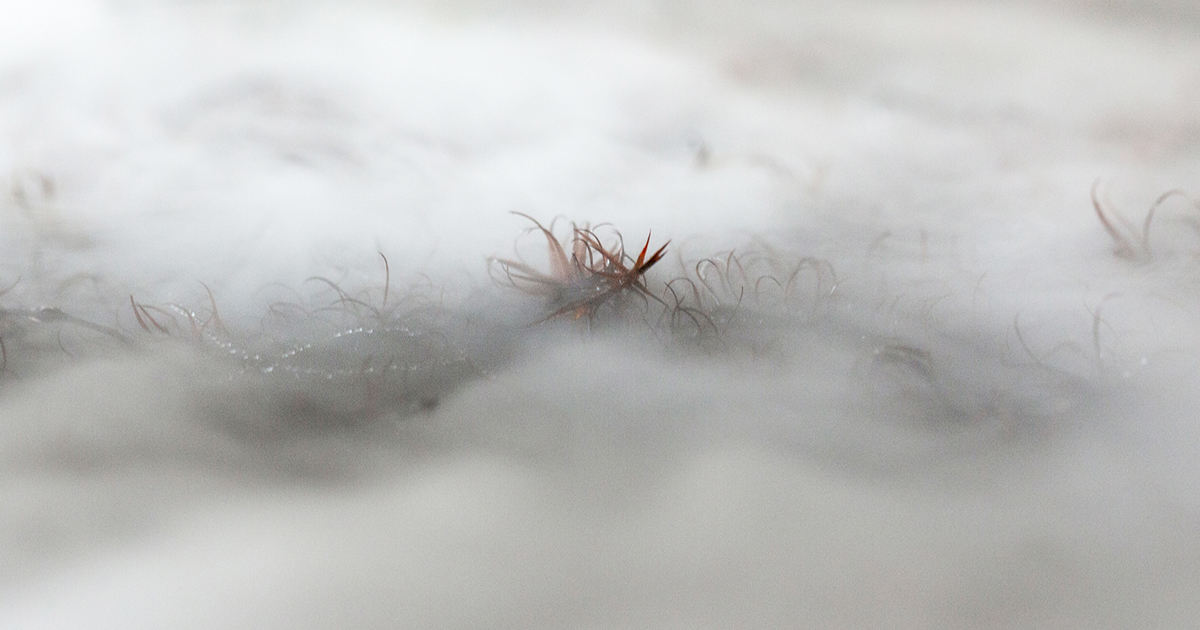
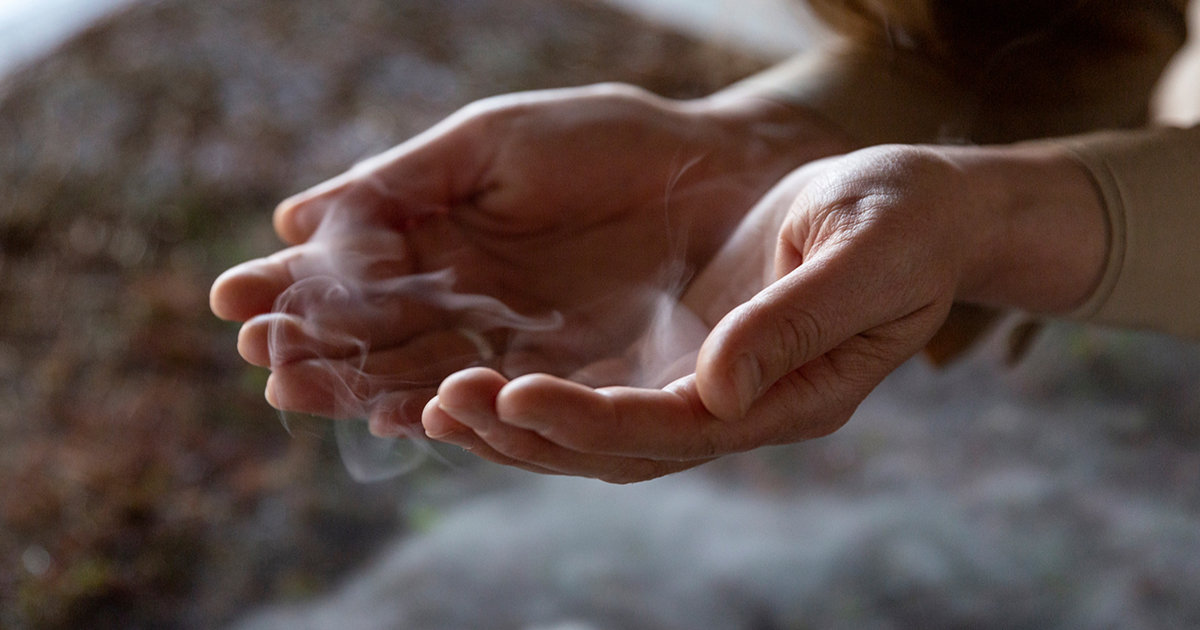
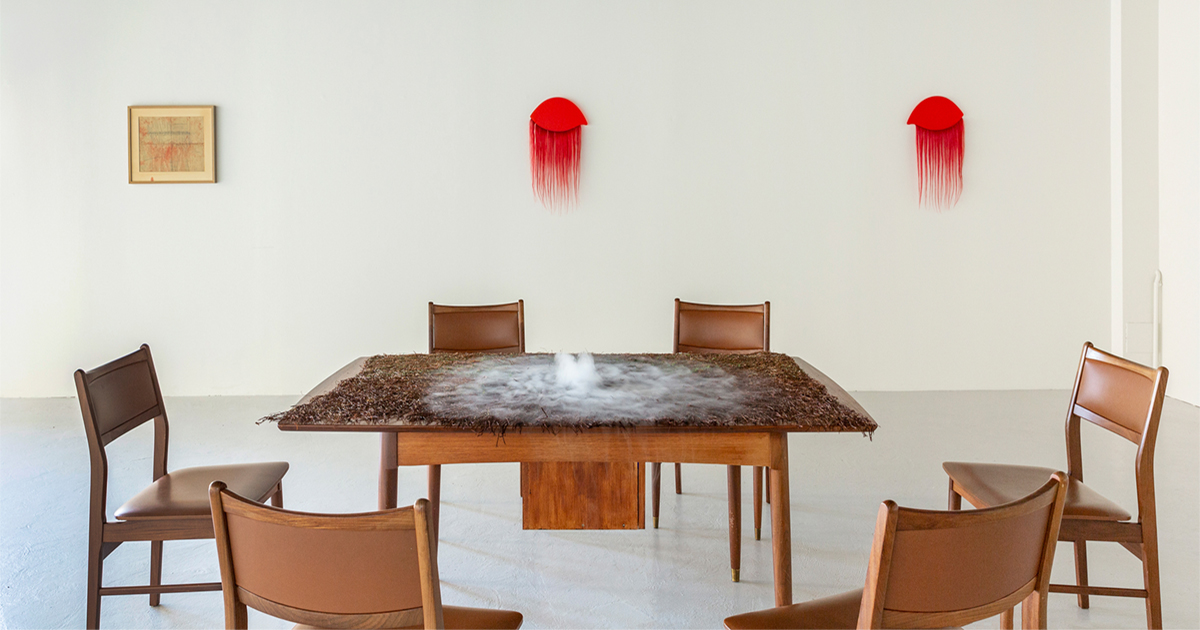
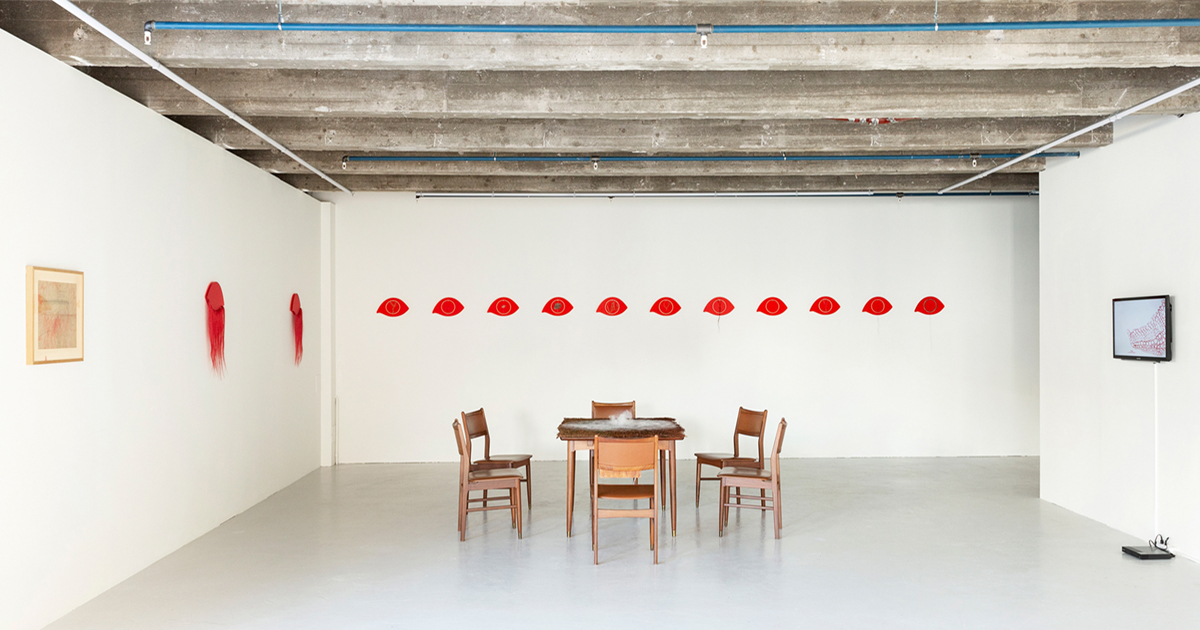
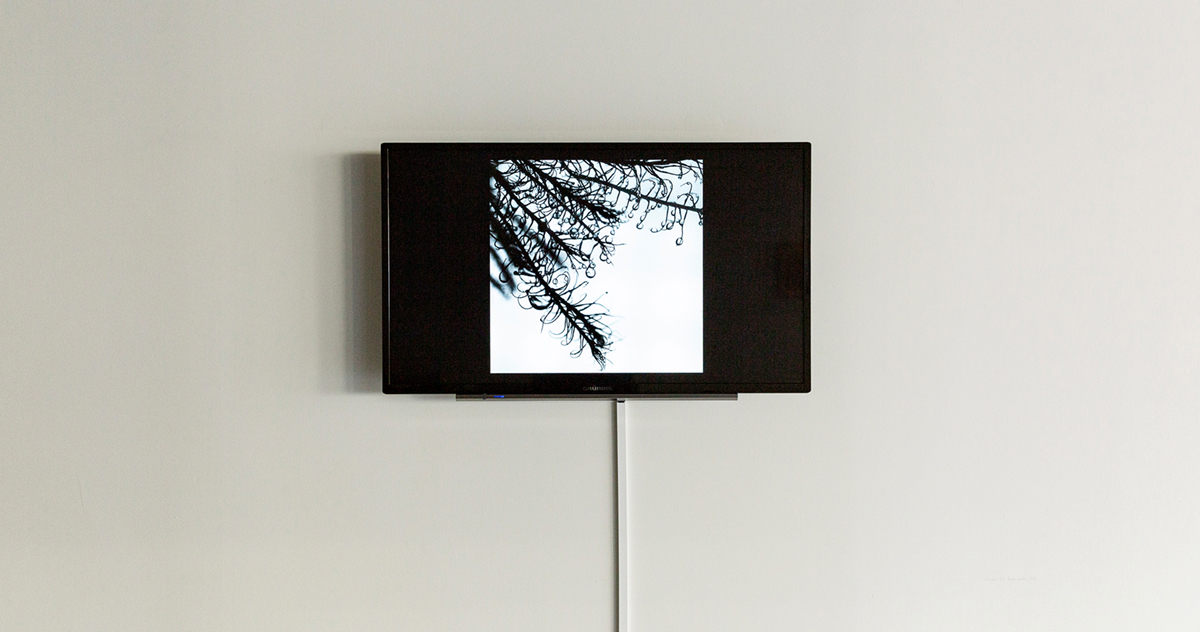
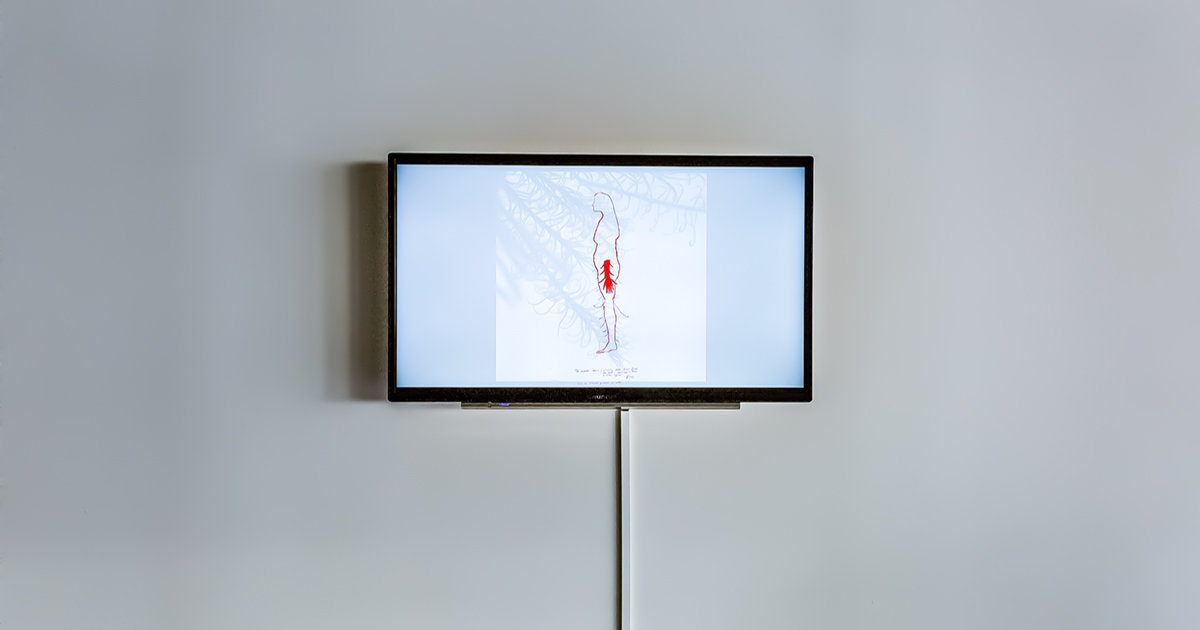
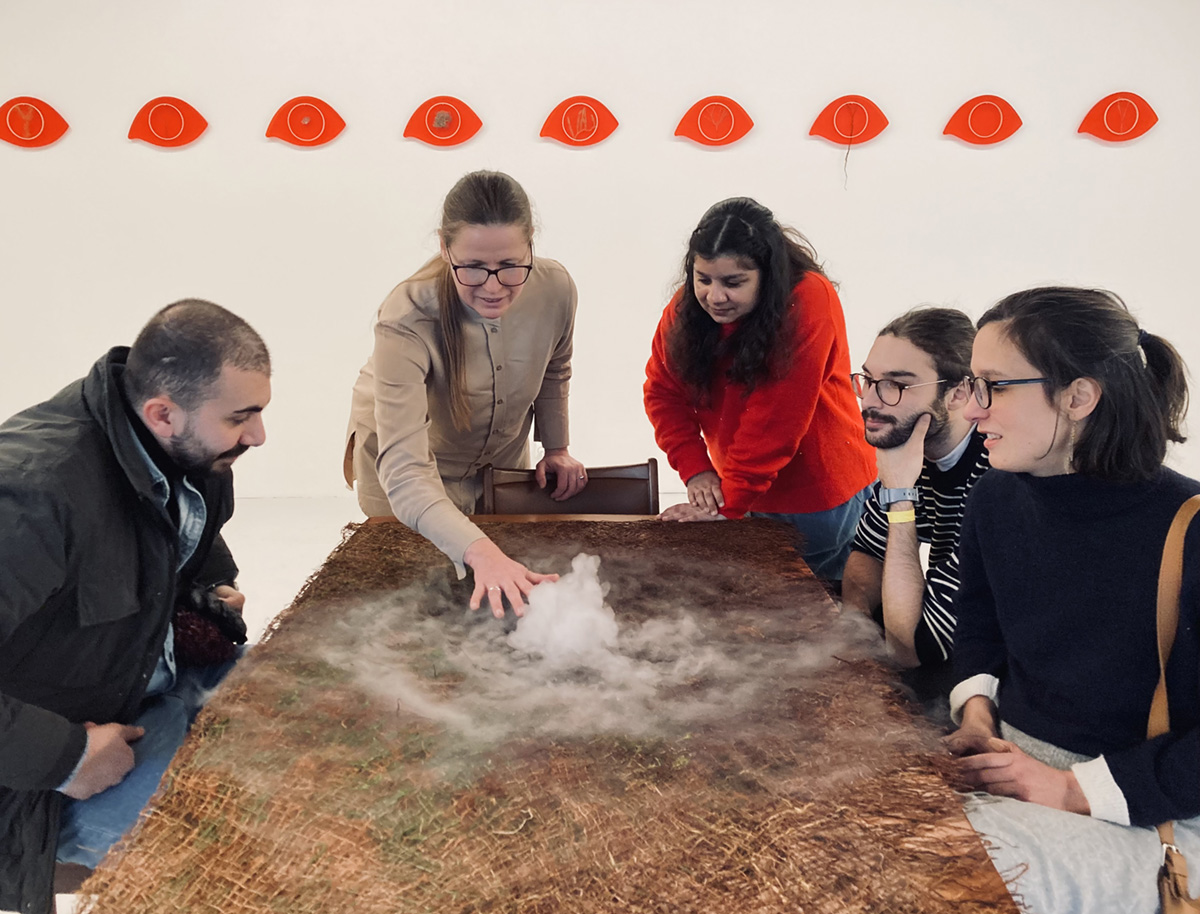
The Tear Catchers
Acrylic glass objects 21 x 36 cm, bamboo ring, diameter 15 cm, Human hair (Capillus), plant from the Cactus family, Haircap moss (Polytrichum commune), Japanese willow Hakuro Nishiki (Salix integra), Beard lichen(Usnea spp.), Tree moss (Pseudevernia furfuracea) and more.
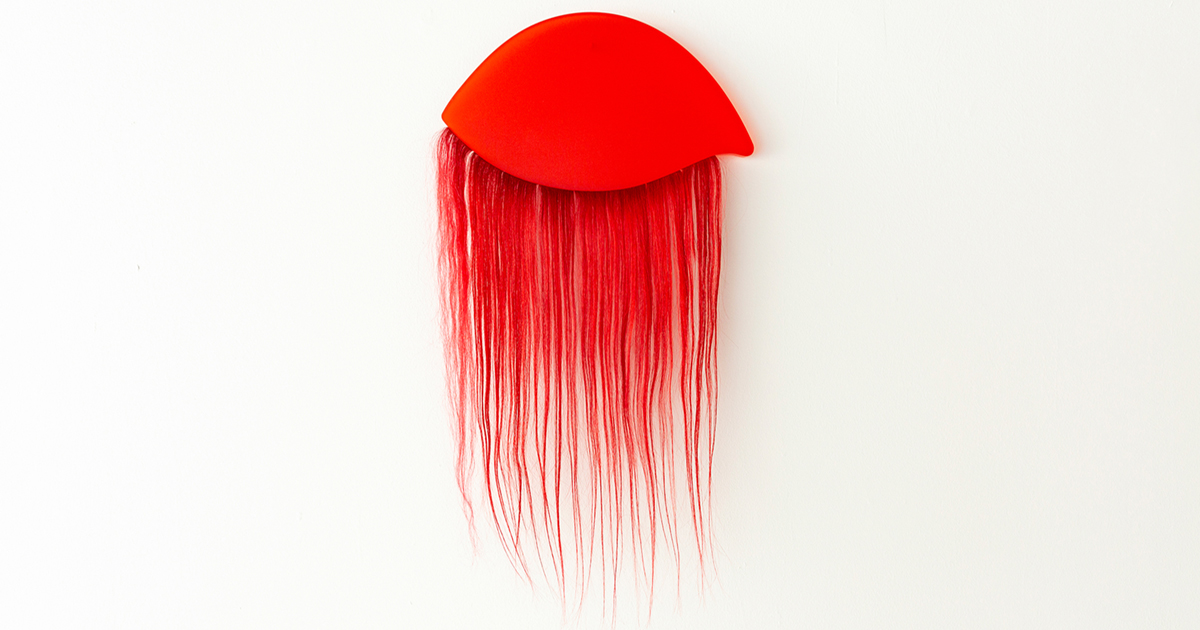
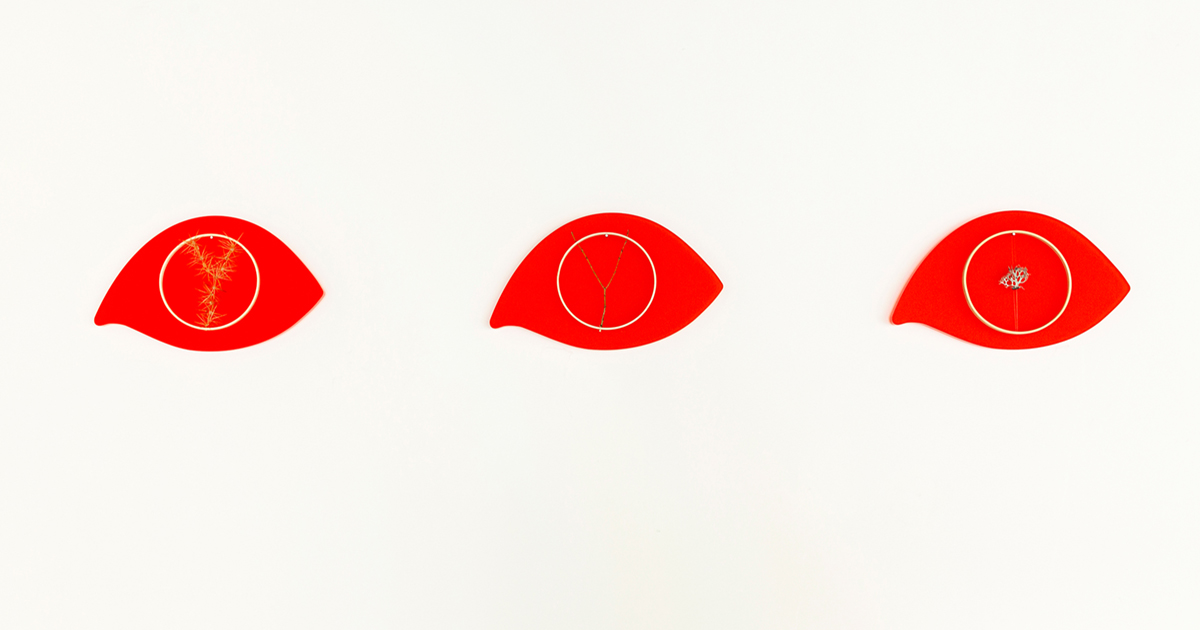
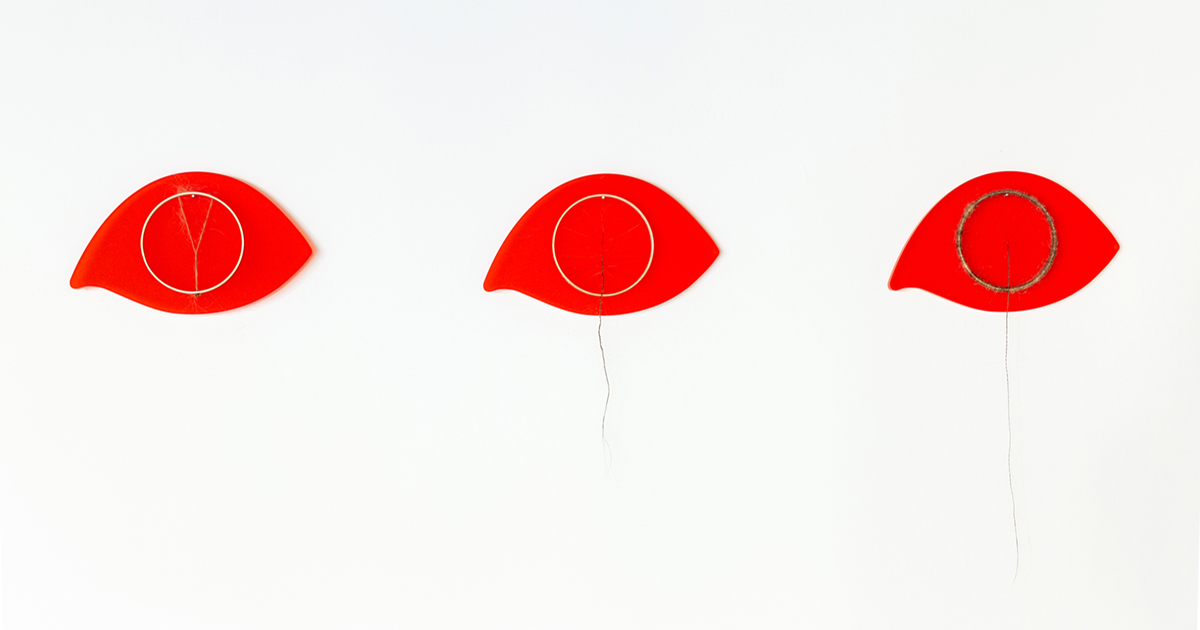
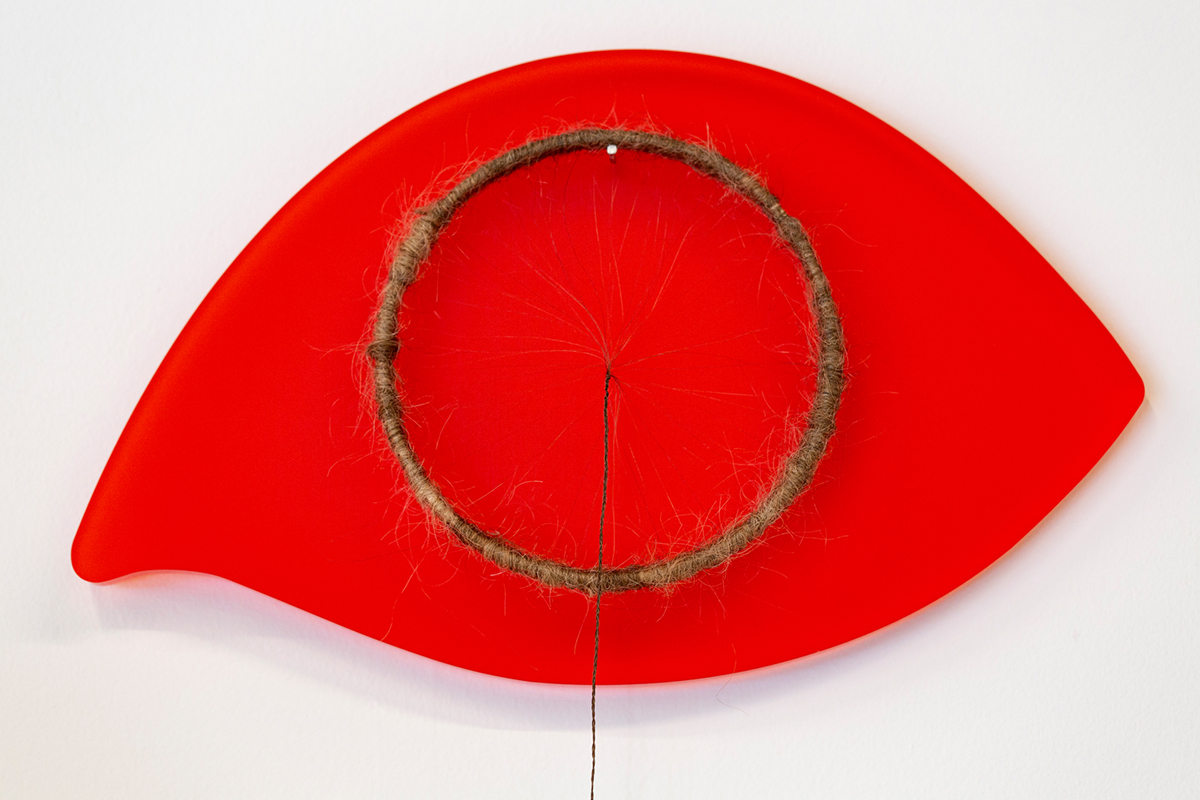
Hydrodynamics Laboratory, Departament of Mathematics, Blindern Campus, the Oslo University
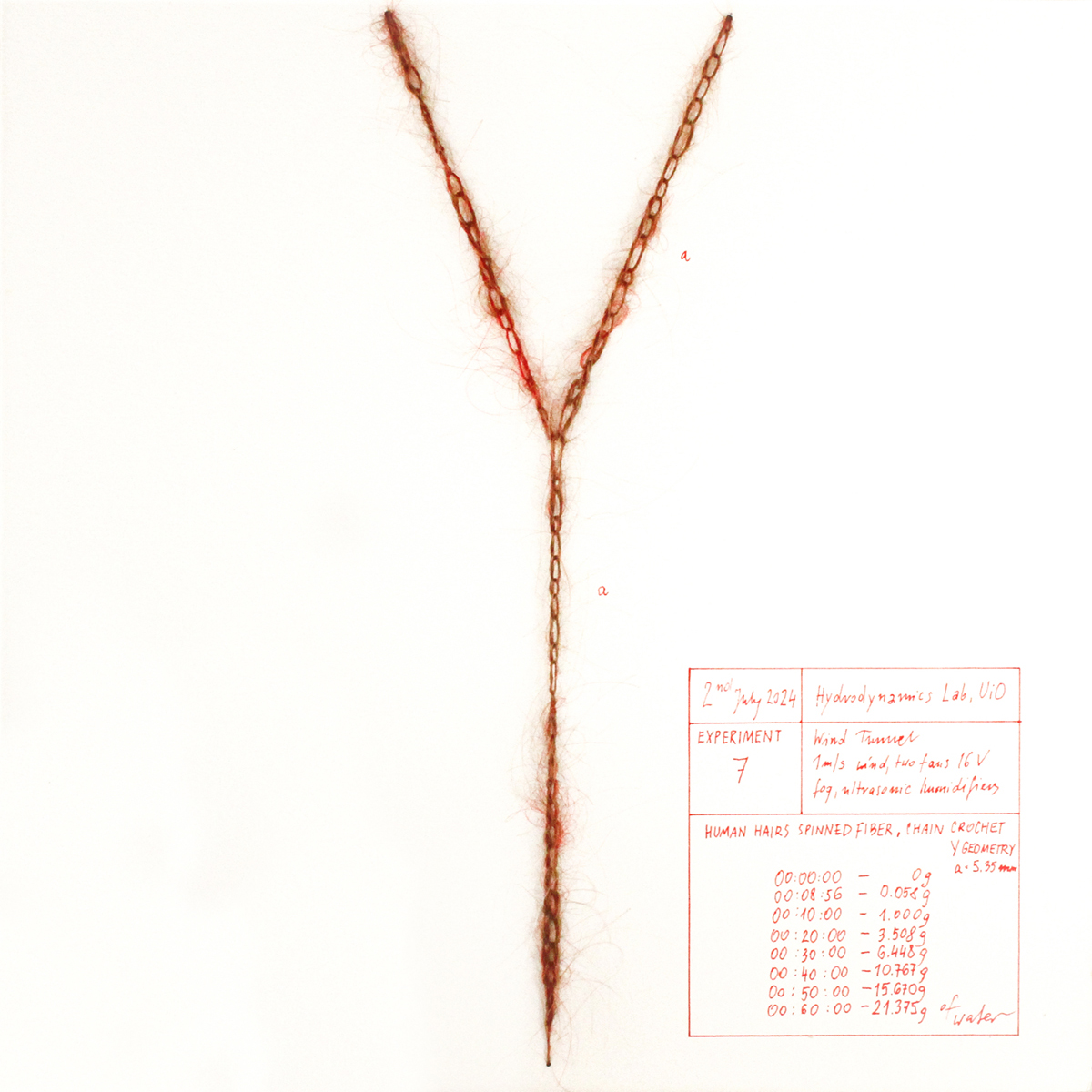
Photo credit: Izabela Zolcinska
The Sweet Tears, 2022-2023, high-speed camera films, Hydrodynamics Lab, the Oslo University
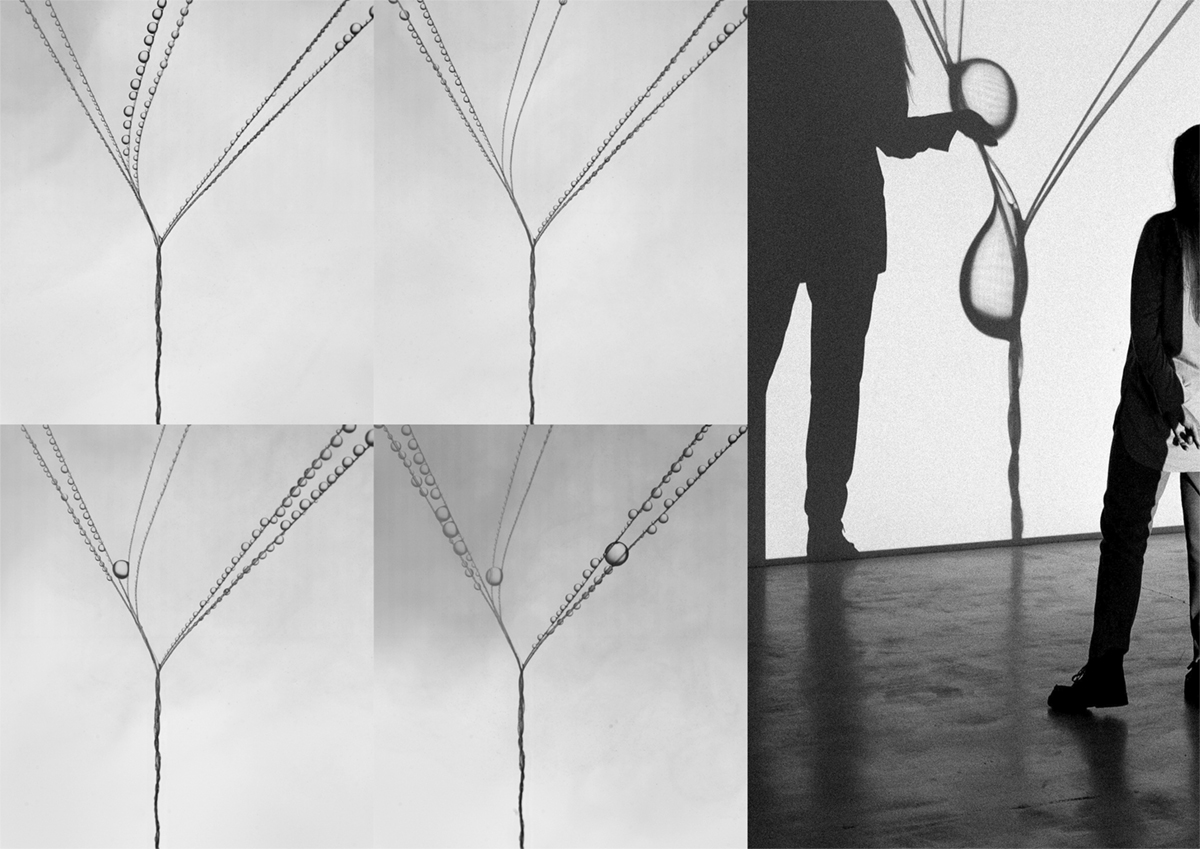
The Frederikke Performance
23rd of October, 2024 at 12:00
The Frederikke Fountain at Frederikke Square, Campus Blindern, Oslo
The Frederikke Performance wanted to draw our attention to human hair as a self-generated material and highlight that our body carries an underestimated resource. The use of human hair in the beauty industry to produce wigs is well known. Still, this resource has much more to offer and supports sustainable-oriented solutions, such as making hair mats to decontaminate water oil spills. It is also a resource that connects the interests of scientists and artists.
The performance transformed the daily function of Frederikke Fountain into a space for a hair ritual conducted by Żółcińska. This ritual changed the fountain's lack of water into the presence of water-sensitive fibre and drew parallels between these two natural resources. It was a transition ritual engaging in social change. This concept is inspired by Karen O'Brien's book "You Matter More than You Think," in which the author argues that even a single action creates a response in a social network.
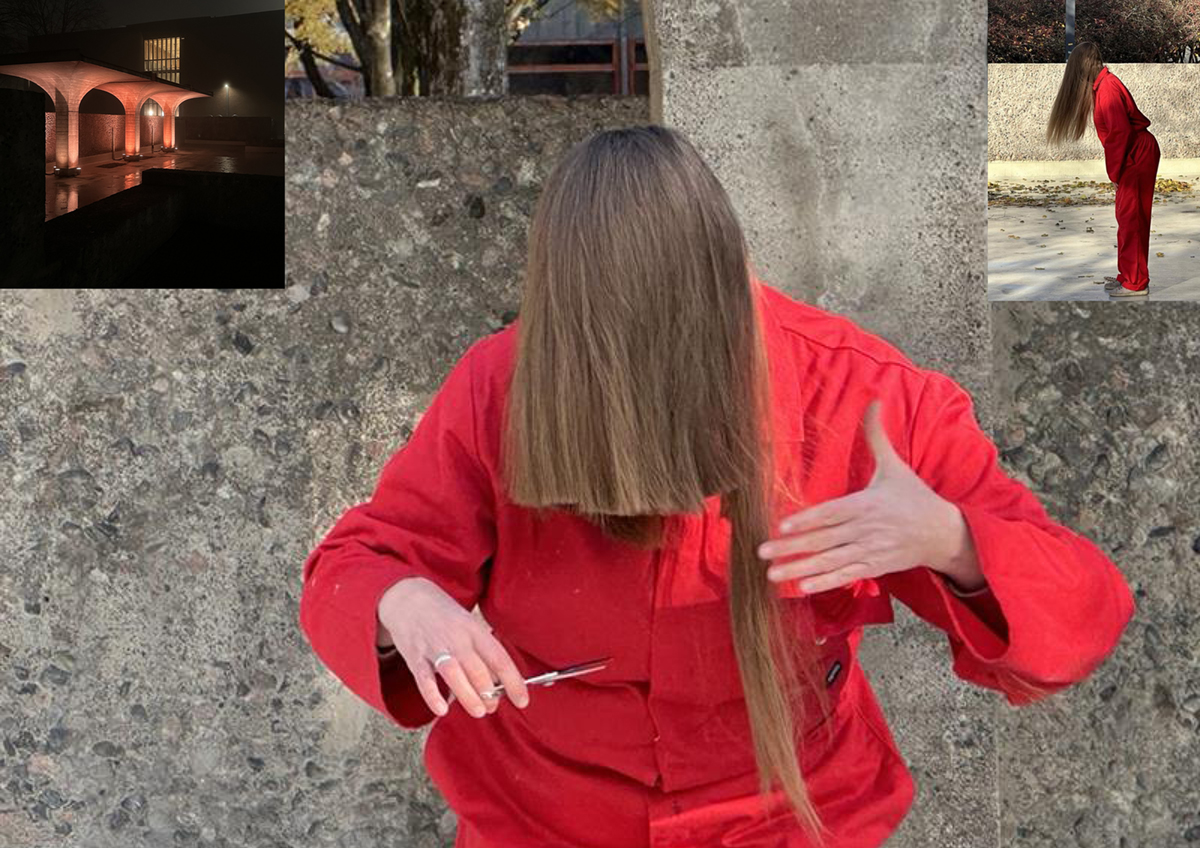
Photo credit: Audun Bjerknes, Lin Stensrud
The Hair Library
I'm creating The Library of Hair, which is dedicated to the future Weeping Net object as bank material and as a diary of processes and people's generosity. It is an ongoing collection of volunteer-sent hair. I have hair from Australia, Germany, Poland, Italy, and Norway. In this process, I'm thinking about the culture of the Gift instead of the commodity analysed by Robin Wall Kimmerer in her recently published book, The Serviceberry.
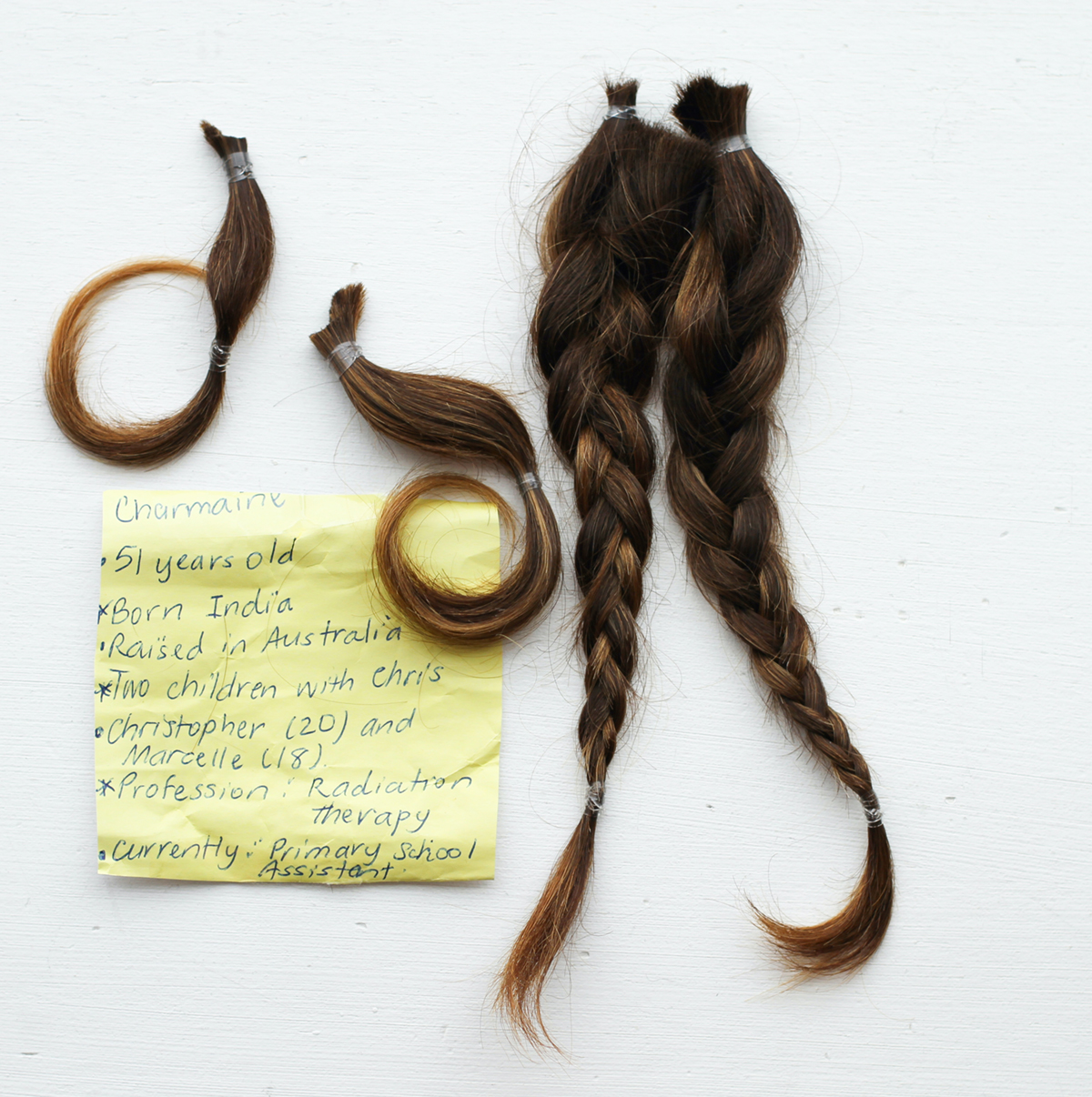
Photo credit: Izabela Zolcinska
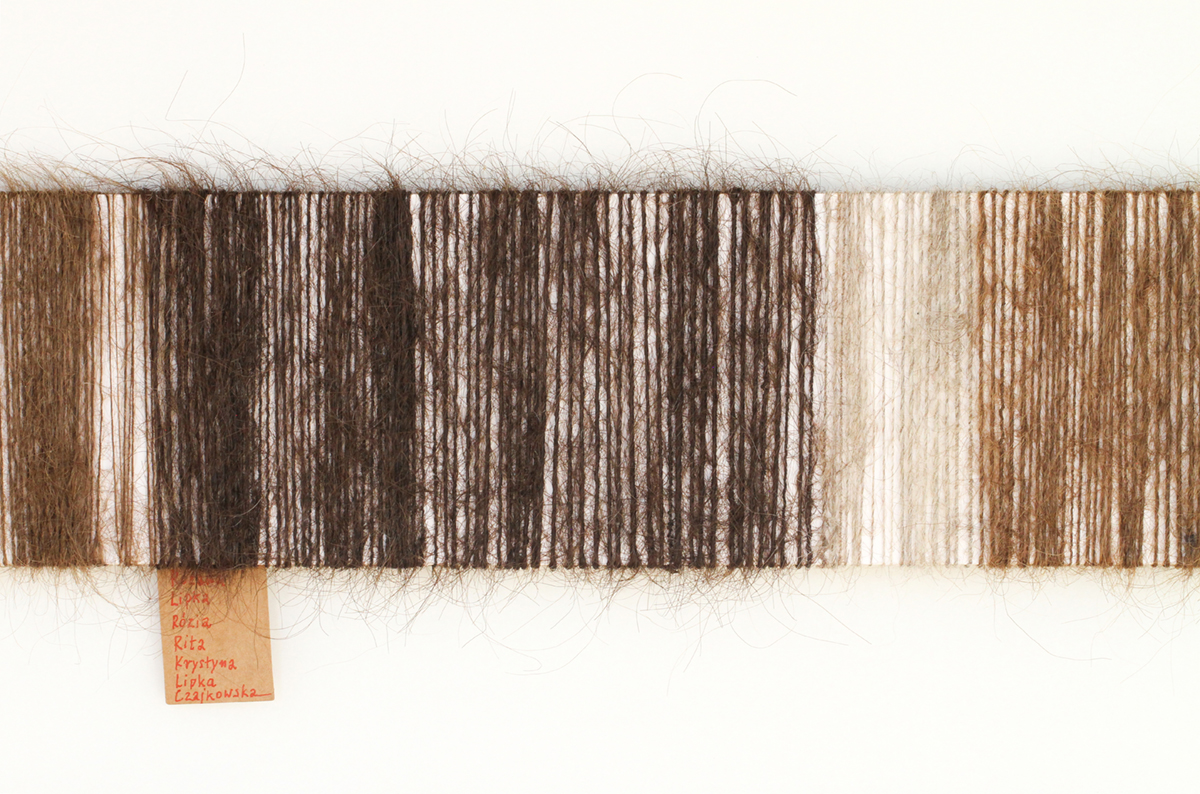 Photo credit: Izabela Zolcinska
Photo credit: Izabela Zolcinska
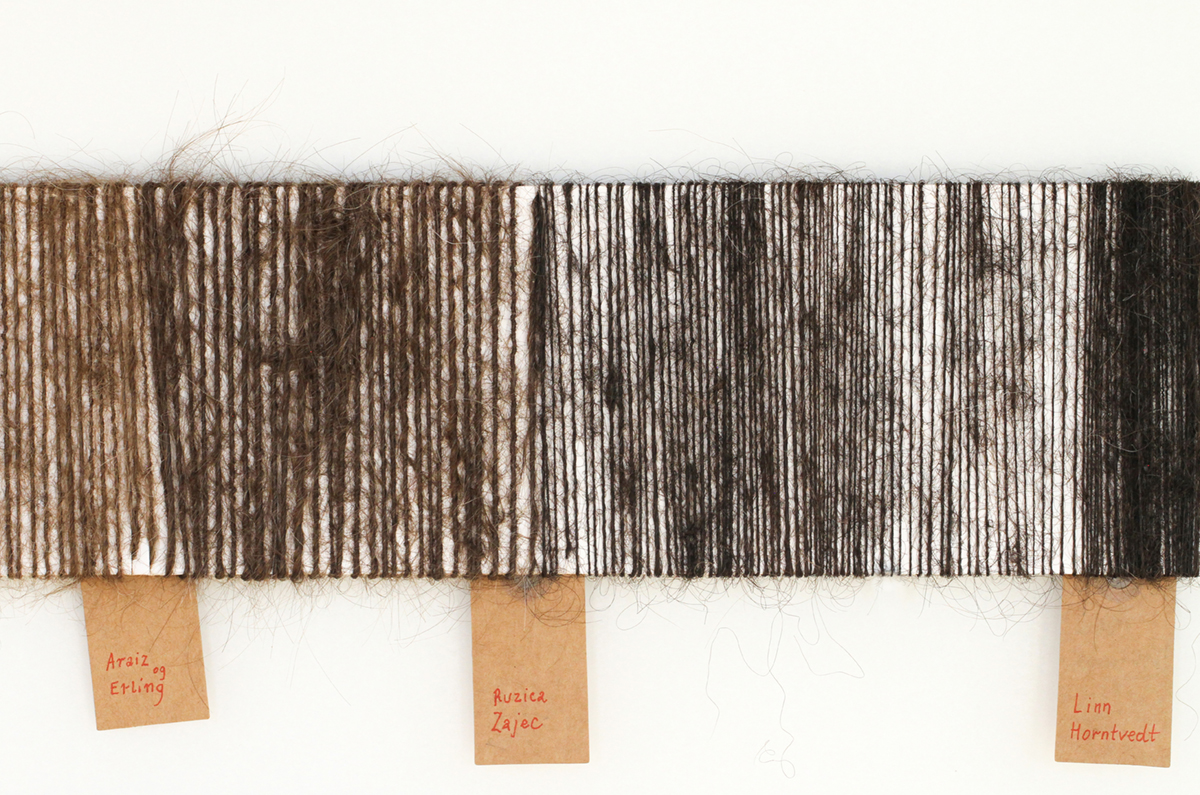
Photo credit: Izabela Zolcinska
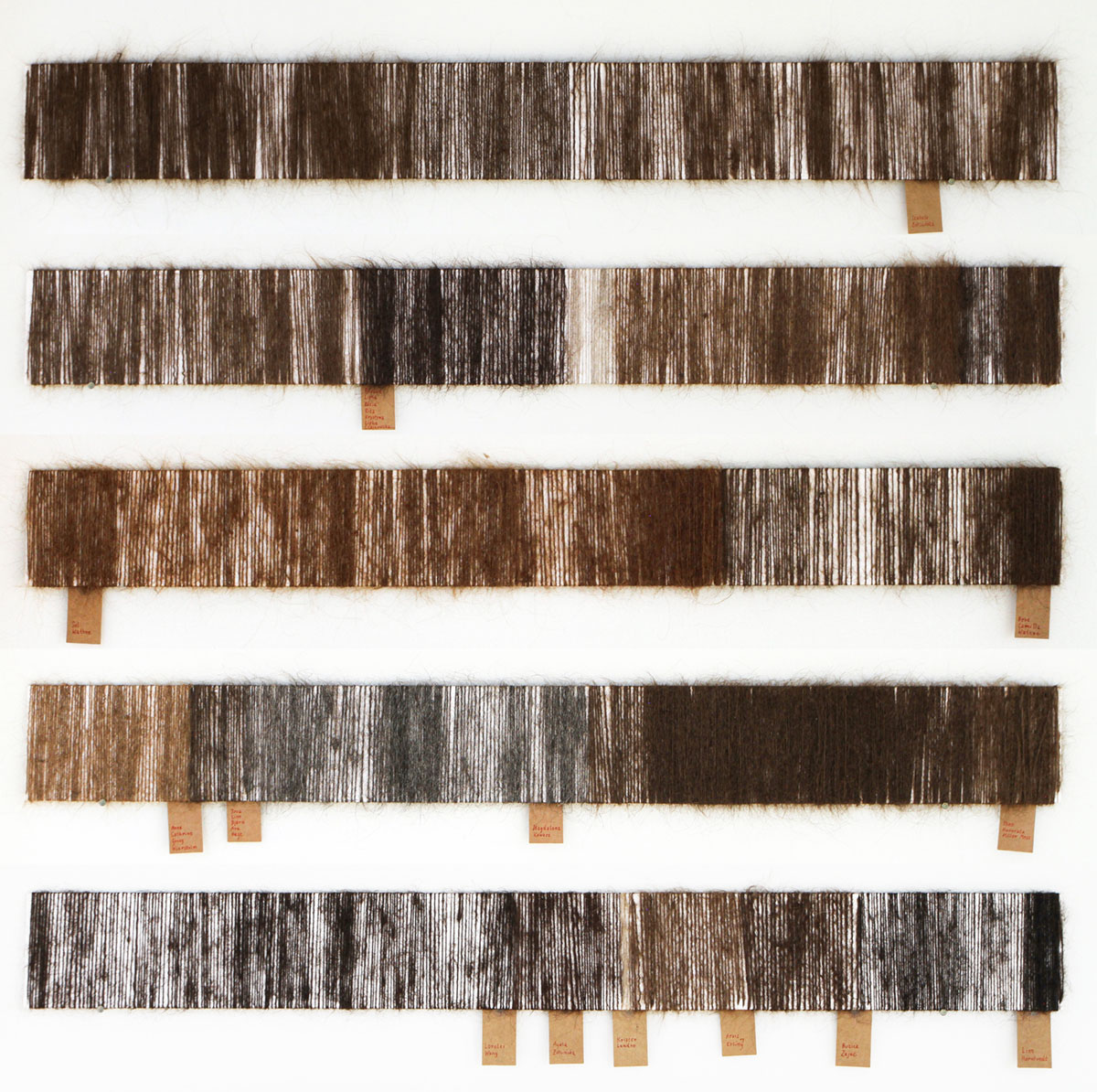
Links
https://www.mn.uio.no/kurt/universitet/real-kunst/zolcinska.html
https://www.mn.uio.no/kurt/aktuelt/aktuelle-saker/2024/izabela-zolcinska-er-ny-real-kunstner.html
https://www.titan.uio.no/innovasjon/2024/takefangere-kan-lose-lokal-vannmangel.html
https://www.titan.uio.no/andre-temaer/2024/far-prestisjestipend-fra-eu-dette-er-en-unik-mul.html
https://www.titan.uio.no/livsvitenskap/2025/far-prestisjestotte-til-a-undersoke-drapebevegelse.html
